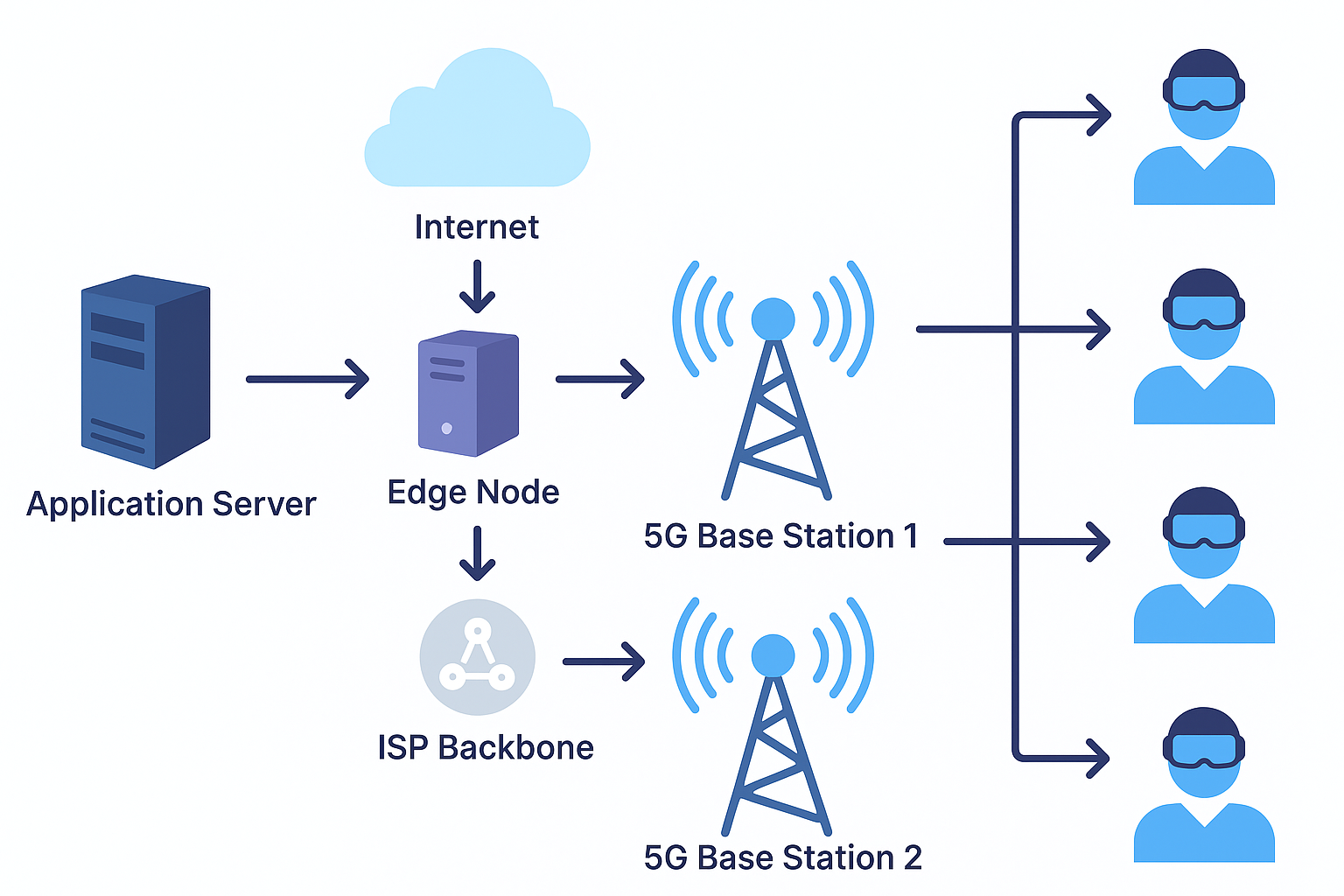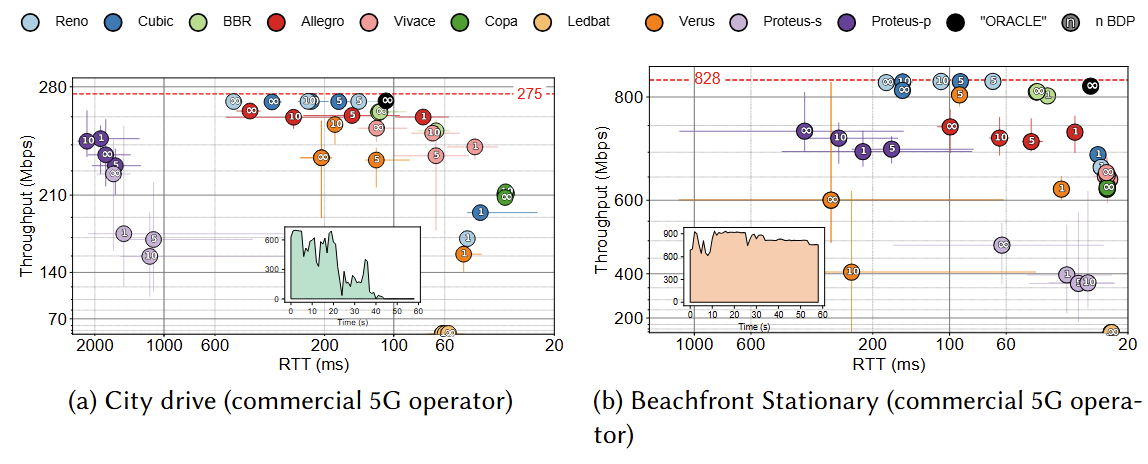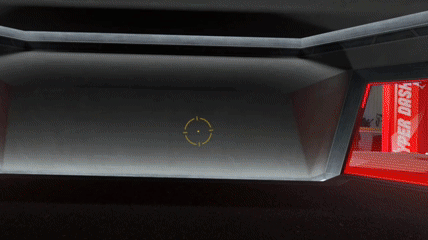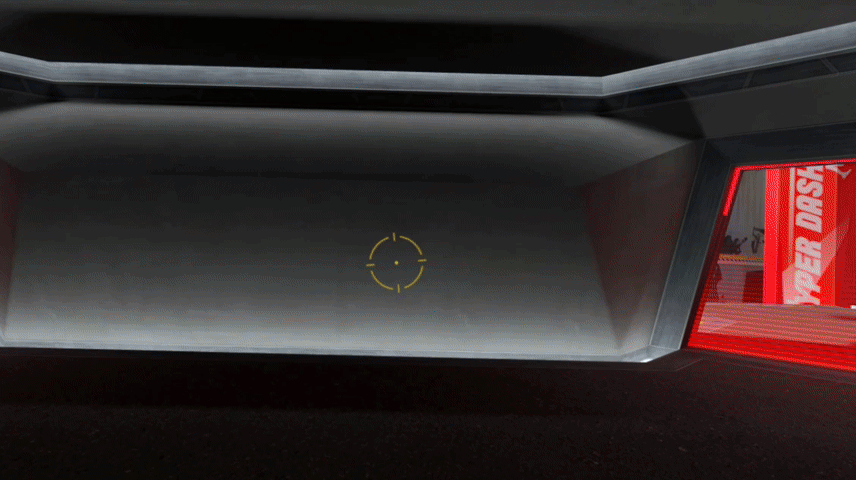Problem Motivation
The transition to 5G and beyond has transformed the design landscape of wireless systems, demanding unprecedented throughput, consistency, and latency guarantees.
Traditional congestion control protocols—originally tailored for wired networks—struggle to cope with the fast-varying, high-capacity, short-timescale dynamics characteristic of mobile and edge networks.
This bottleneck directly impacts next-generation applications that depend on ultra-reliable low-latency communication (URLLC), such as multi-user immersive reality (MIR), telepresence, and autonomous systems.
To bridge this gap, our lab’s research re-examines congestion control and rate adaptation from two complementary angles:
- System-level re-engineering: enabling new transport mechanisms deployable in real 5G environments without kernel changes or infrastructural overhaul.
- Application-aware adaptation: integrating quality-of-experience (QoE)-driven rate control within AR/VR and real-time streaming frameworks to support interactive, multi-user experiences.

ALCC + Zeus integrated benchmarking architecture

5G Edge AI components
Results and Contributions
A. Application-Layer Congestion Control (ALCC) and Zeus Benchmarking Toolkit
Our first line of work focuses on rethinking the deployment and evaluation of congestion control algorithms for emerging mobile networks. ALCC enables application-layer congestion control over existing TCP tunnels—allowing 5G-ready optimization without kernel modifications—while Zeus provides a unified benchmarking environment to evaluate congestion control algorithms under both real and emulated 5G conditions.
Together, these frameworks demonstrate that user-space implementations can achieve up to 97% of native TCP performance, supporting server-only deployment for CCAs like Verus and Copa, and enabling detailed fairness and coexistence analysis.
| Metric | Key Outcome |
|---|---|
| Throughput vs. Delay | 90–97% of native performance from user space |
| Deployment | Zero client-side modification required |
| Comparison | BBR balanced; Cubic/Reno excel in throughput; Copa/Vivace in latency |
| Benchmarking | Side-by-side fairness and harm analysis across 10 CCAs |

Results
B. Hera Framework for Next-Generation Immersive Applications
Building on the above, the Hera framework extends congestion-aware design to the application layer of AR/VR systems, bridging real-time multimedia streaming and network-level adaptation. Hera integrates a QoE-aware delay-based rate control protocol with an adaptive streaming and synchronization layer designed for multi-user immersive environments.
It achieves up to 66% lower latency, 50% higher average bitrate, and consistent 4K multi-user streaming under high-mobility 5G conditions.
| Metric | Improvement over Baseline |
|---|---|
| Latency | 66% reduction |
| Bitrate | +50% average improvement |
| Fairness Index | 0.965 |
| Visual Quality | Consistent 4K multi-user experience |

Hera performance highlights in multi-user 5G scenarios

Low quality and high latency. (Not actual gameplay footage)

Optimized. (Not actual gameplay footage)
3. Broader Impact
These projects collectively demonstrate a path toward deployable, adaptive, and fair network systems that extend beyond traditional protocol design to encompass user experience and system integration layers. The frameworks are being adopted in broader testbeds for next-generation immersive communication research, showcasing how practical innovation and theoretical rigor can converge within real-world environments.
Members
- Rohail Asim, NYU Abu Dhabi.
- Shiva Iyer, NYU.
- Talal Ahmad, NYU.
- Lakshmi Subramanian, NYU.
- Yasir Zaki, NYU Abu Dhabi.
Publications
- Rohail Asim, Muhammad Khan, Luis Diez, Shiva Iyer, Ramon Aguero, Lakshmi Subramanian, Yasir Zaki, "ZEUS: An Experimental Toolkit for Evaluating Congestion Control Algorithms in 5G Environments." Arxiv (PDF)
- Yasir Zaki, Rohail Asim, Muhammad Khan, Shiva Iyer, Talal Ahmad, Thomas Potsch, Lakshmi Subramanian."ALCC: Migrating Congestion Control to the Application Layer in Cellular Networks." Journal of Systems Research - May 2021 (PDF)